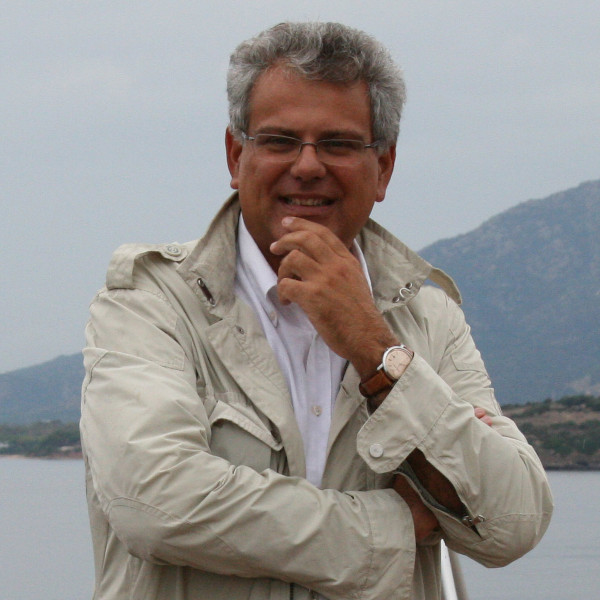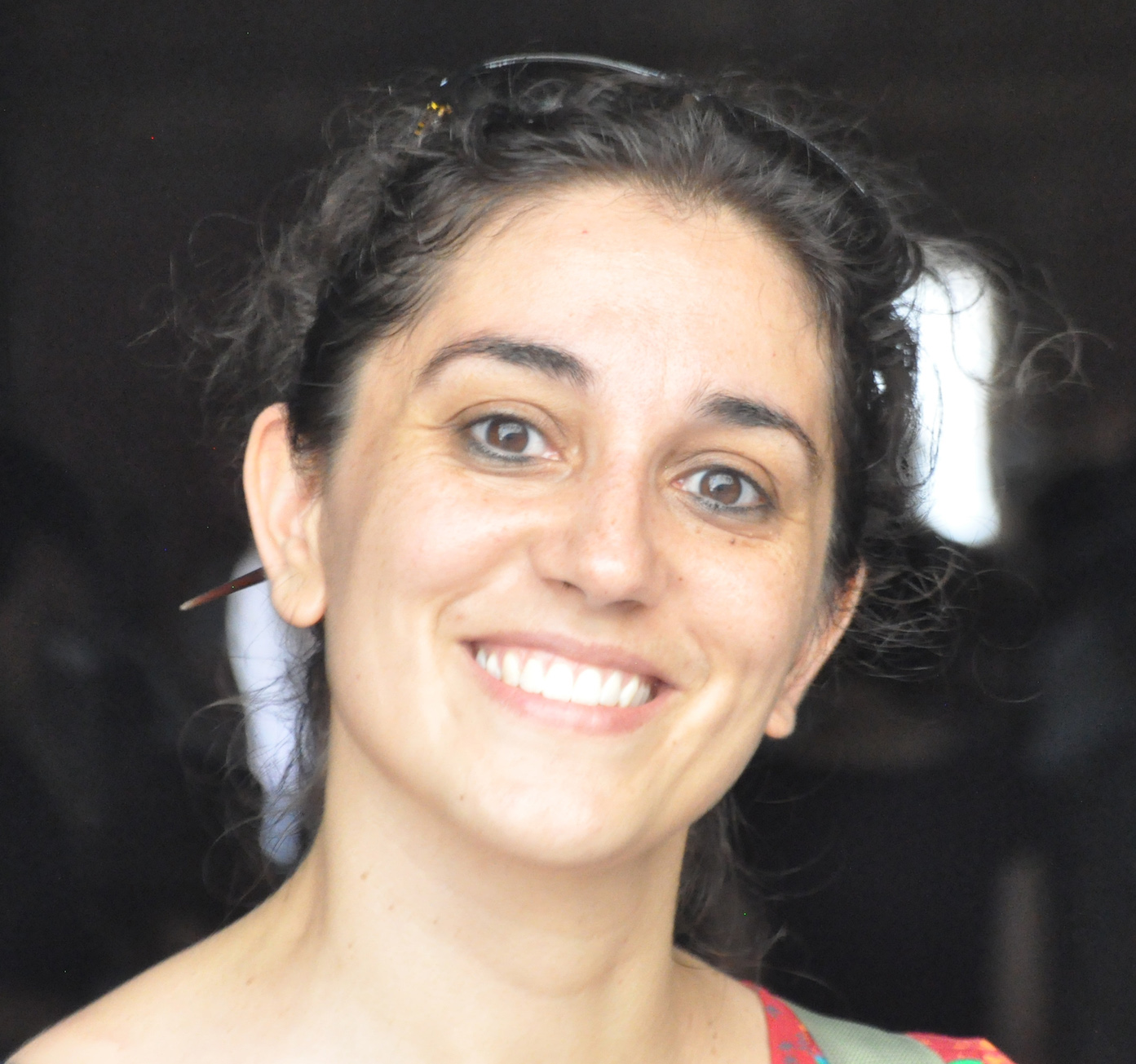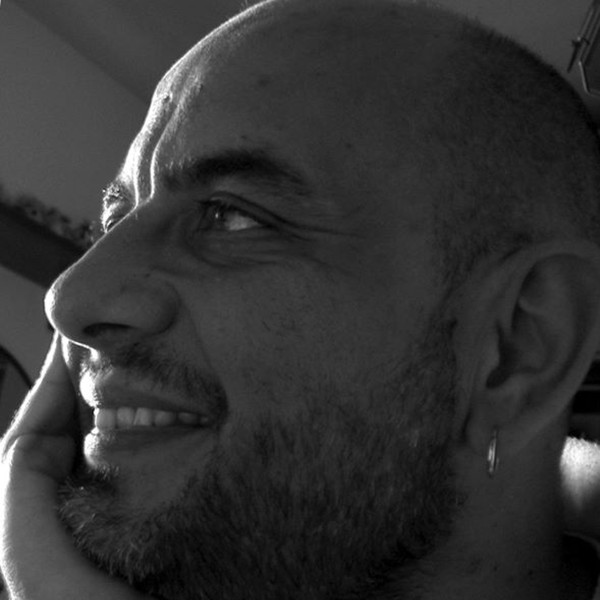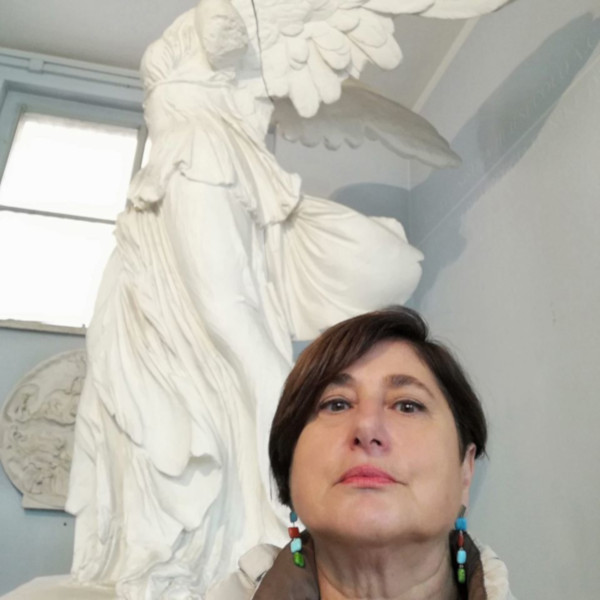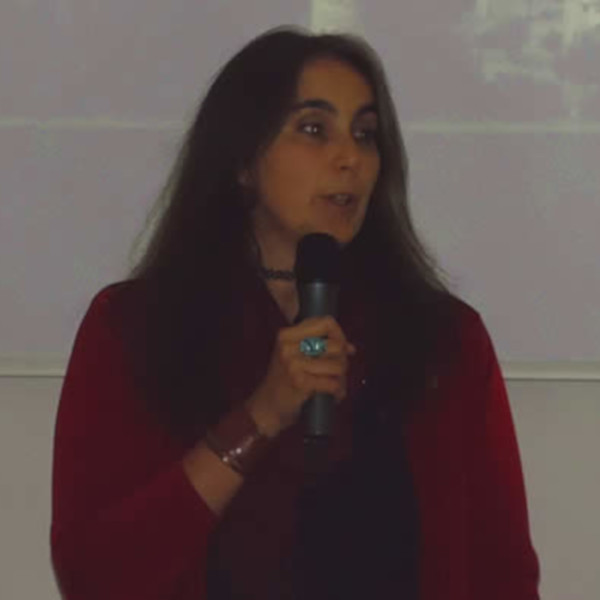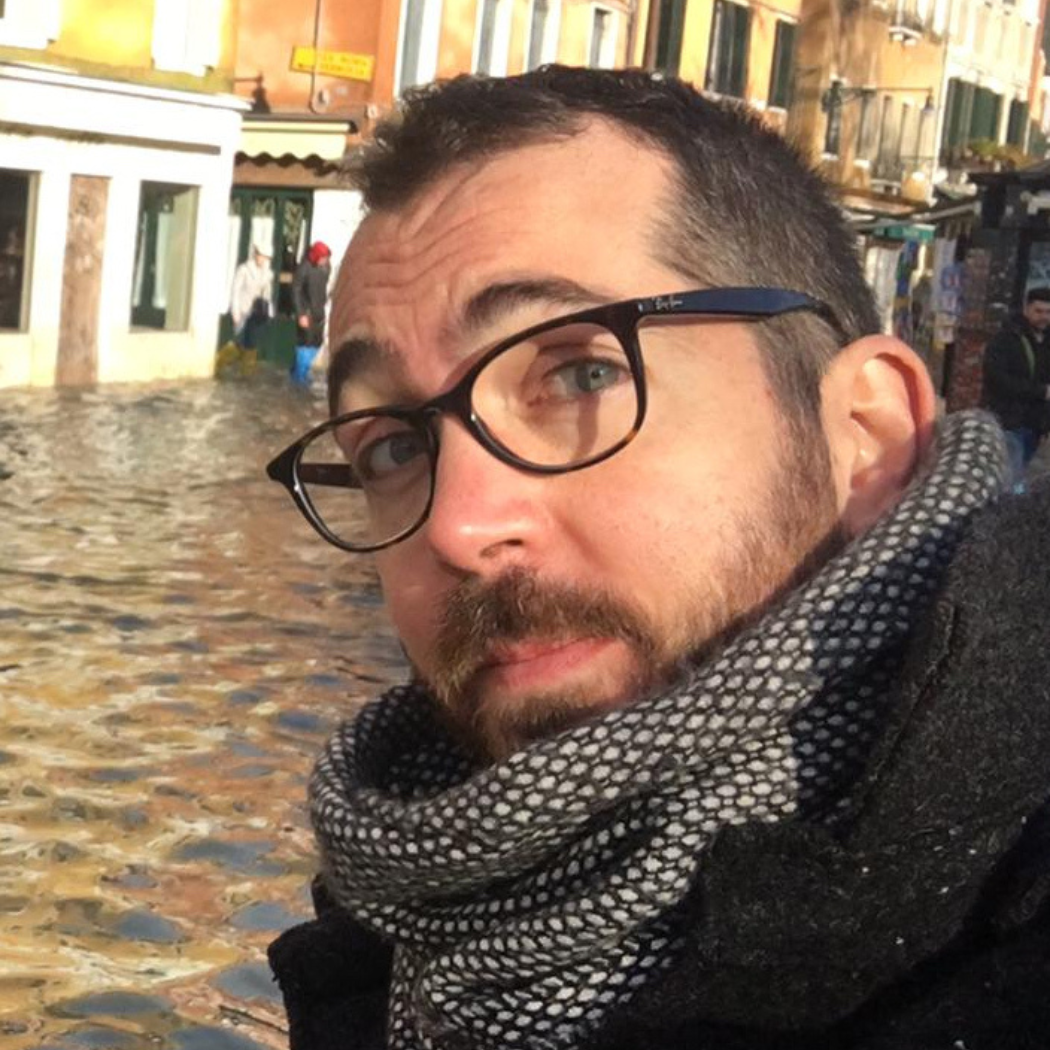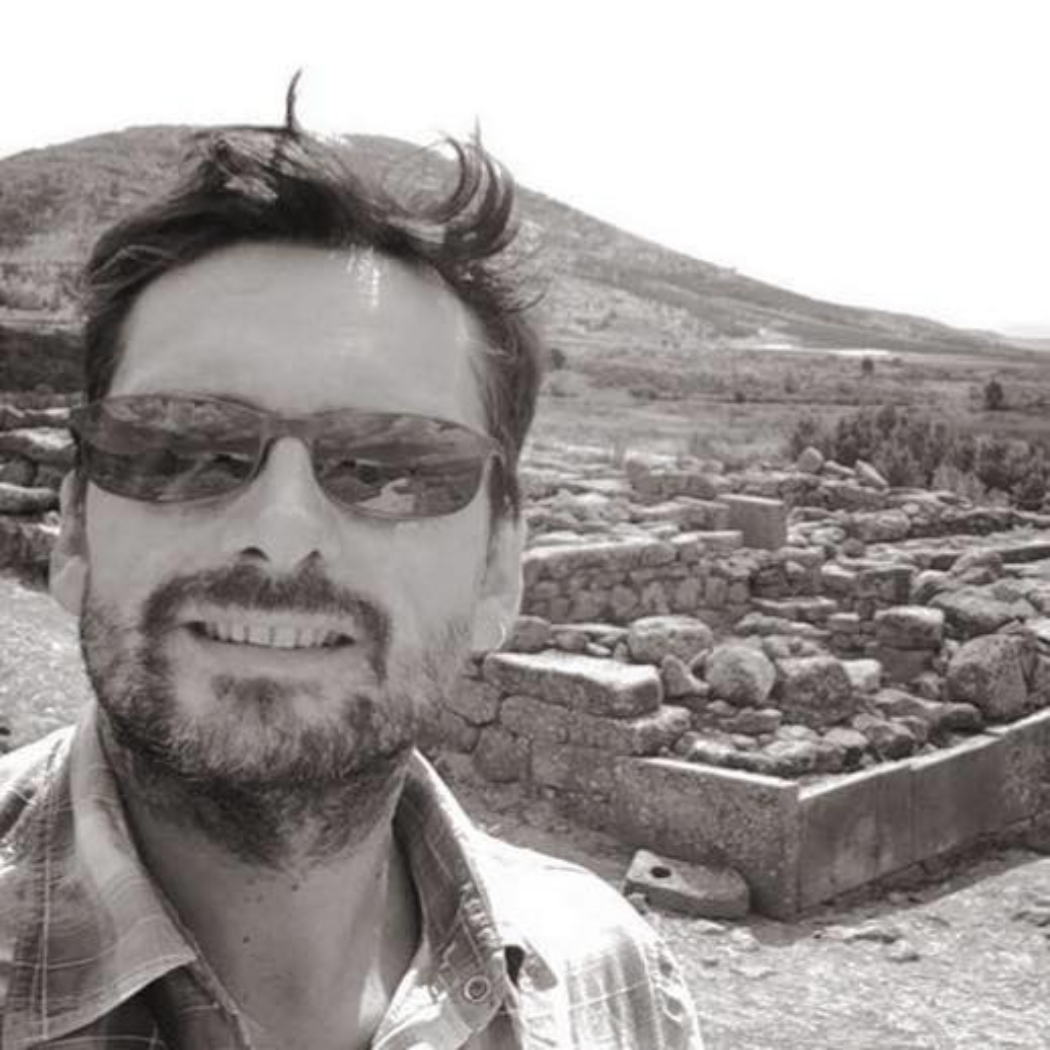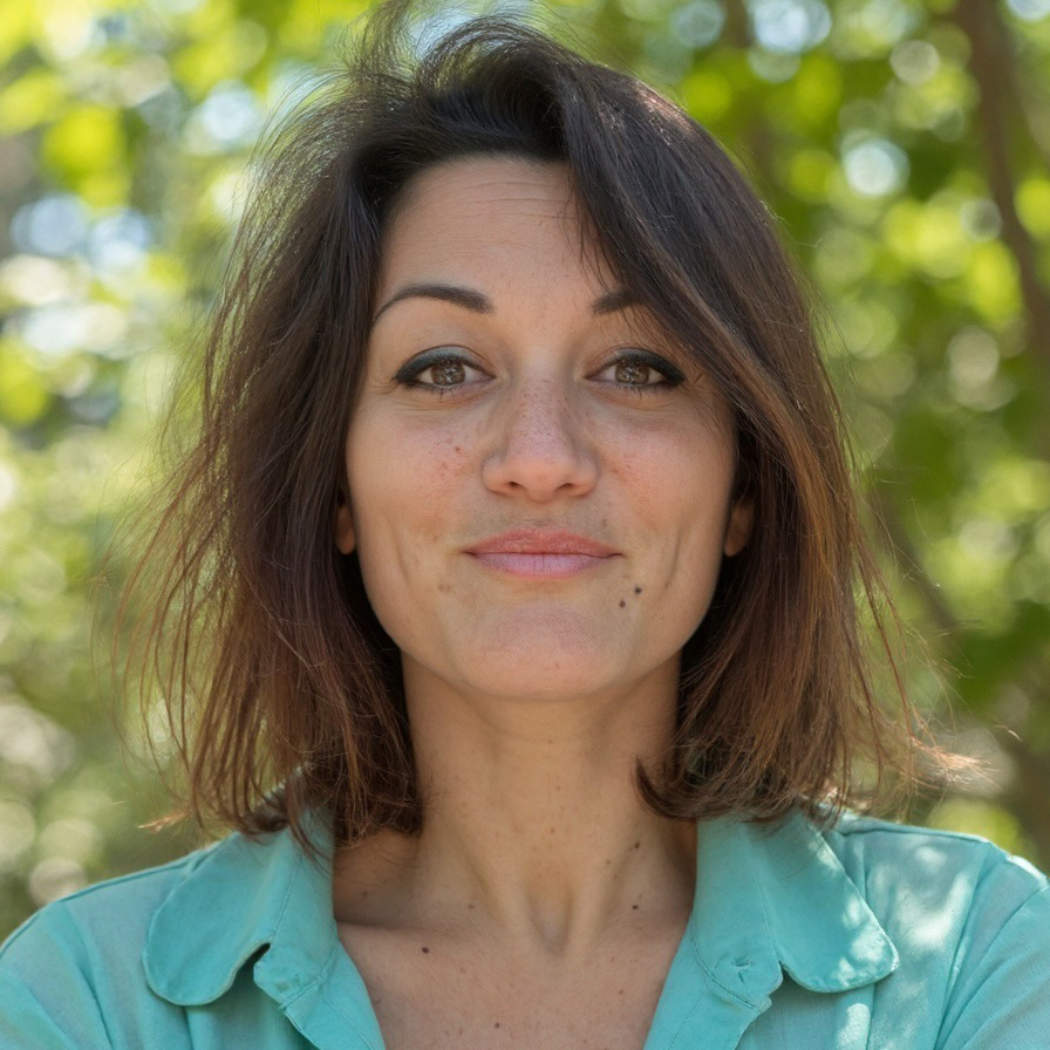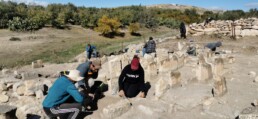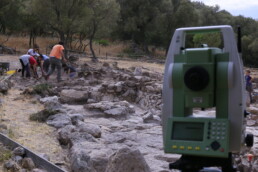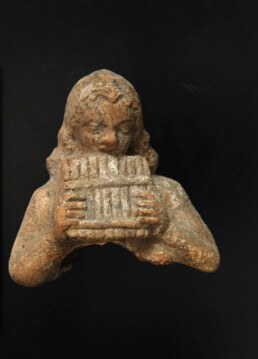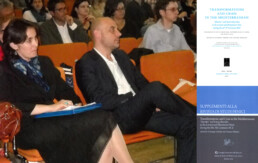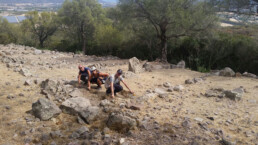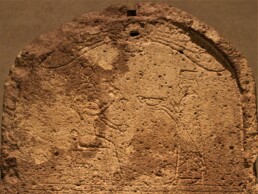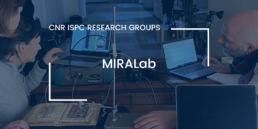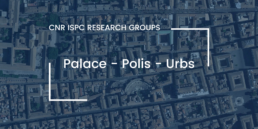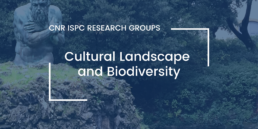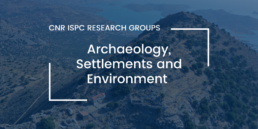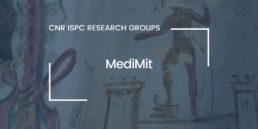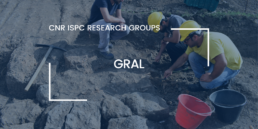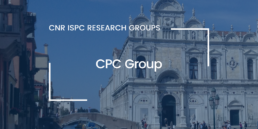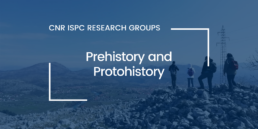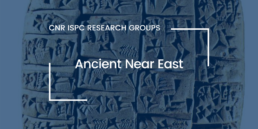PHOENICIAN MEDITERRANEAN, PHOENICIAN AND PUNIC STUDIES, PHOENICIAN AND PUNIC ARCHAEOLOGY
Phoenician and Punic Research Group
Since their inception, Phoenician studies have been characterized by vitality, dynamism and an ability to constantly change. Indeed, the field of investigation to which they are dedicated relies on the capacity of scholars to concentrate, beyond the borders of academic categories, on the analysis of a context – the Mediterranean – which, thanks to the displacement of the Levantine populations, has expanded both geographically and chronologically. Following the early days of the discipline, when the focus was on finding the “Phoenician” elements that had hitherto been ignored in studies, we have reached a mature phase in the research that aims instead to reconstruct the interaction between the diverse peoples of the Mediterranean, including Phoenicians. New themes, new regions, new chronological scopes and, above all, new kinds of methodological approach give ever greater topicality and interest to the study of the history of the Mediterranean of the first millennium BCE from the Phoenician perspective. Those Phoenicians were seafarers, founders of “colonies”, heirs and propagators of the Syro-Palestinian traditions, as well as privileged protagonists of Mediterranean contacts and interactions.
In this context, the Phoenician and Punic Research Group, made up of archaeologists, philologists, epigraphists, historians of religions, restorers, IT specialists and topographers, aims to investigate in a multidisciplinary way the documentary evidence relating to the Phoenician and Punic world, encompassing East and West, with missions in Lebanon, Sardinia and Tunisia. With a dynamic approach, the Research Group observes, examines and analyses the archaeological and textual evidence of the ancient Phoenician space as it undergoes constant geographical and chronological change.
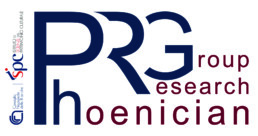
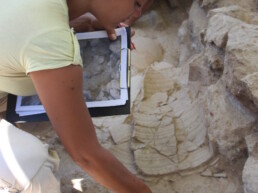
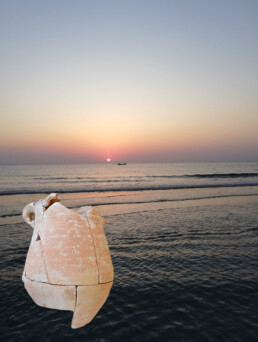
The national and international mission of the Phoenician and Punic Research Group is devoted not only to research but also to wider cultural interaction and enhancement thanks to its close collaboration with public and private institutions in the area in which it operates. The impulse that drives the Research Group’s activities is the attempt to recreate the ancient Mediterranean connection between East and West of which the Phoenicians were protagonists.
The specific background of the team’s research grows out of the pioneering role that the CNR has played in the field of Phoenician and Punic studies, with the creation of the Centre for Phoenician and Punic Studies in 1969 due to the efforts of Sabatino Moscati. Thanks to him, the entire discipline, which is now internationally recognized, was consolidated through a wide range of archaeological, historical and epigraphic research conducted by the CNR and the main Italian universities.
One expression of the work of the Research Group at an editorial level is the publication of the prestigious Rivista di Studi Fenici, founded in 1973 by Moscati himself. The RSF, which remains the point of reference for those involved in this field of study, aims to continue the path it has traced over the first half-century of its life, while proceeding at a different pace – a renewal dictated by the natural evolution of the discipline. The members of the scientific committee – scholars from different backgrounds and from various countries that, thanks to ancient or more recent history, have played a role in the study of the Phoenician and Punic world – all agree to make the RSF a meeting place for the new multiple realities that feed into the discipline today. Its pages are therefore an ideal space configured as an arena for scientific debate that is free of political and cultural frontiers.
Alongside the RSF, there is the Collezione di Studi Fenici, which is also the custodian of a long and prestigious tradition. The Collection includes monographs and miscellaneous studies of great scientific importance that form the backbone of the most up-to-date research in the field of Phoenician and Punic history and archaeology.
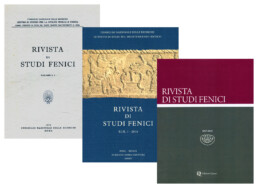
The Phoenician and Punic Research Staff
Associati al Phoenician and Punic Research Group
Anna Angelini (University of Zurich, Switzerland), Livia Tirabassi (University of Gent, Belgium – Università degli Studi di Verona).
How to contact us
feniciopunicogroup@ispc.cnr.it
Projects and Research activities
Since 2016, the Landscape Archaeology of Southwest Sardinia (LASS) has operated in eastern Sulcis with the goal of analysing from a diachronic perspective the settlement pattern and the type of soil use. The particular focus of the research is the site of Pani Loriga.
The Pani Loriga archaeological research project, conducted in Sardinia, was born of the investigations carried out on the hill of Pani Loriga (Santadi), in the Sulcis region. The site was founded by the Phoenicians at the end of the 7th century BC and then experienced an urban flourishing in the Punic period, from the second half of the 6th century BC. Archaeological investigations allow us to explore the interactions with the territory and its resources, and in particular the origins of wine production, for which the region of Santadi is still renowned. In this regard, biochemical analyses have been systematically carried out on a wide range of ceramic forms from the Punic settlement.
The multidisciplinary project Transformations and Crisis in the Mediterranean (TCM Project) aims to follow the Phoenician fil rouge across the Mediterranean, studying the Phoenician and Punic material and immaterial culture – objects, artefacts, texts, cults, divinities – between East and West. With the invaluable help of the research tools used in cultural anthropology, one of the main goals of the project is to question ideas that are now losing traction, such as that of “identity”, and to propose updated definitions of notions such as “interculturality” and “hybridization”.
For further information on ISPC research activities click the button.
Partners of the main research projects
Andrea Ercolani (CNR – Ismed); Marco Arizza (CNR-CID Ethics); Corinne Bonnet (Université de Toulouse, France); Marianna Castiglione (Università della Calabria); Fabio Fabiani (Università di Pisa); Nabil Kallala (Université de Tunis); Wissam Khalil (Université Libanaise); Simona Ledda (Fondazione Cammino Minerario di Santa Barbara); Thomas P. Leppard (Florida State University); Emanuele Madrigali (ricercatore indipendente); Elizabeth A. Murphy (Florida State University); Andrea Roppa (Università degli Studi di Padova); Mohamad Roumie (CNRS-Liban).
Main collaborations
Universities
- Florida State University (Tallahassee, FL)
- Ghent University
- Sapienza University of Rome
- Universidad de Cádiz
- University of Milan
- Università degli Studi di Padova
- Università degli Studi di Napoli “Federico II”
- Università degli Studi di Verona
- Università di Pisa
- Université de Bretagne Sud
- Université de Toulouse Jean Jaurès
- Université de Tunis
- Université Libanaise
- University of Bristol
- University of Zurich
Istitutions
- Centro Interdipartimentale per l’Etica e l’Integrità nella Ricerca, CNR
- CNRS Liban
- Comune di Santadi
- Direction Général des Antiquités (DGA), Liban
- Istituto di studi sul Mediterraneo, CNR
- Institut National du Patrimoine, Tunis
- Ministero degli Affari Esteri e della Cooperazione Internazionale (MAECI)
- Ministero dei Beni e delle Attività Culturali e del Turismo (MiBACT)
- Ministero dell’Università e della Ricerca (MUR)
- Municipality of Kharayeb (South Lebanon)
- Soprintendenza Archeologia, belle arti e paesaggio per la città metropolitana di Cagliari e le province di Oristano e Sud Sardegna
Museums
- Museo Archeologico di Santadi
- National Archaeological Museum, Beirut (Lebanon)
Main publications
S.F. Bondì, M. Botto, G. Garbati, I. Oggiano, Fenici e Cartaginesi: una civiltà mediterranea, Roma 2009.
M. Botto (ed.), Il complesso archeologico di Pani Loriga, Sardegna Archeologica, Guide e Itinerari, 61, Sassari 2016.
M. Botto, The Punic Settlement of Pani Loriga in the Light of Recent Discoveries, “Fasti On Line Documents & Research (FOLD&R)”, 2017, 1-19.
G. Garbati, Fingere l’identità fenicia: Melqart “di/ sopra ṣr”, “Rivista di Studi Fenici”, 40, 2012, 159-174.
G. Garbati, T. Pedrazzi (eds.), Transformations and Crisis in the Mediterranean. “Identity” and Interculturality in the Levant and Phoenician West during the 12th-8th Centuries BCE. Proceedings of the International Conference held in Rome (May 8-9 2013), Rivista di Studi Fenici 42, Suppl., Roma 2015.
G. Garbati, T. Pedrazzi (eds.), Transformations and Crisis in the Mediterranean. “Identity” and Interculturality in the Levant and Phoenician West during the 8th-5th Centuries BCE, Roma 2016.
N. Kallala, S. Ribichini, M. Botto, F. Fabiani, Le tophet-sanctuaire de Baʽal Hammon-Saturne d’Althiburos: de la découverte à la fouille. Résultats préliminaires, in F. Baratte, V. Brouquier-Reddé, E. Rocca (eds.), Du culte aux sanctuaires. L’architecture religieuse dans l’Afrique romaine et byzantine, Orient & Méditerranée, Archéologie 25, Paris 2018, 113-134.
I. Oggiano, T. Pedrazzi, La Fenicia in età persiana. Un ponte tra il mondo iranico e il Mediterraneo, Rivista di Studi Fenici 39, Suppl., Pisa-Roma 2013.
I. Oggiano, Collecting disiecta membra: What did the Cult Place of Kharayeb Look Like?, in G. Garbati (ed.), Cercando con zelo di conoscere la storia fenicia, Roma 2018, 17-37.
T. Pedrazzi, Le giare da conservazione e trasporto: uno studio archeologico dell’economia del Levante fra Bronzo Tardo e Ferro I (circa 1400-900 a.C.), Pisa 2007.
